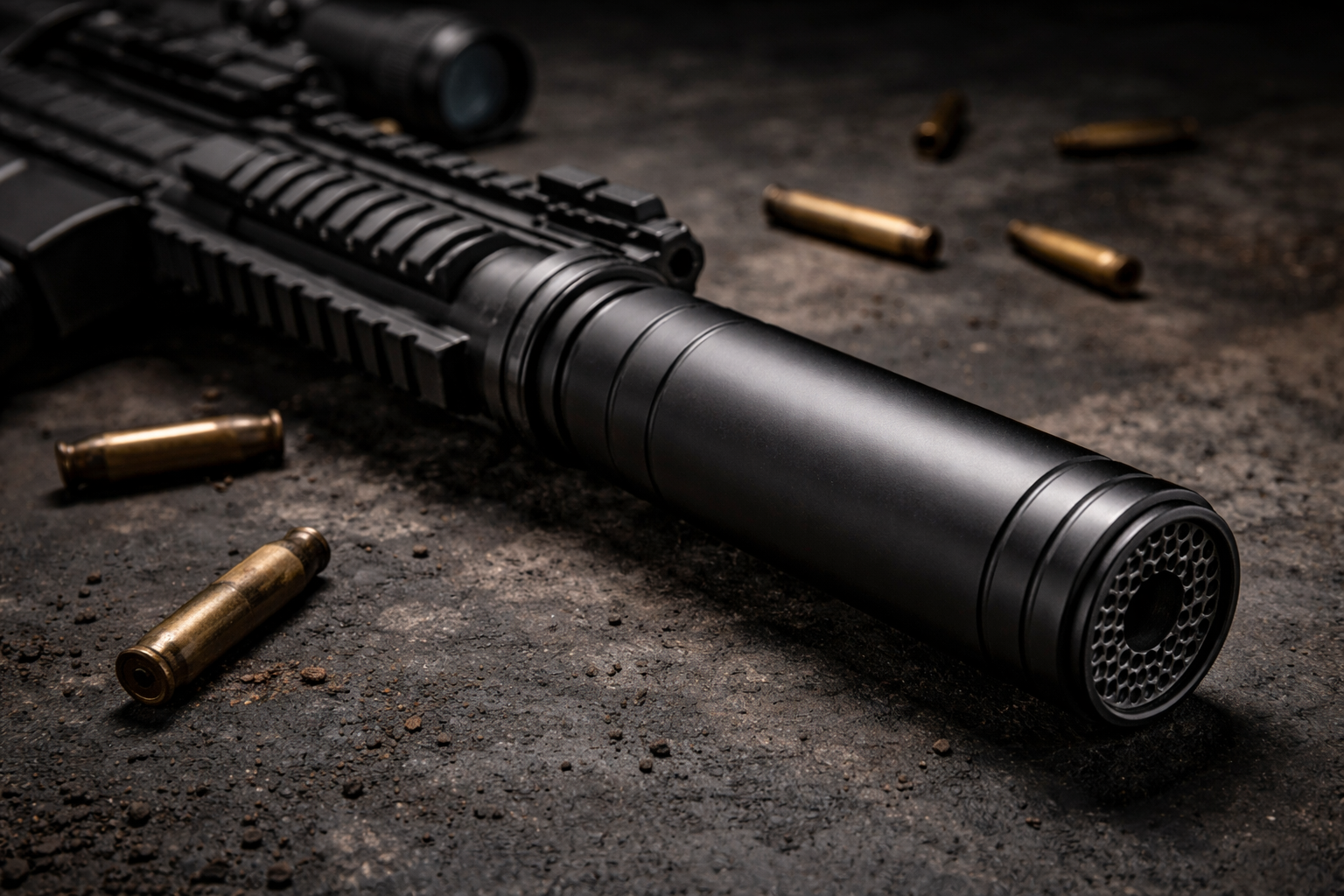Hunting for a New Hunting Rifle!
Brendan O'Neil Aug 11, 2025
How to Choose the Right Hunting Rifle for You
Choosing a hunting rifle can feel a little like stepping into a candy store—there are countless makes, models, and calibers, each promising to be the perfect choice. The truth is, the best rifle for you depends on your hunting style, target species, and personal comfort. Here’s a practical guide to help narrow your options and get you ready for the field.
1. Know Your Game
Your target animal is the first and most important factor in rifle selection.
-
Small game and varmints (rabbits, squirrels, coyotes) typically require smaller calibers like .17 HMR, .22 LR, or .223 Remington.
-
Medium game (deer, antelope, hogs) often call for versatile rounds like .243 Winchester, 6.5 Creedmoor, or .308 Winchester.
-
Large game (elk, moose, bear) demand heavier hitters like .30-06 Springfield, .300 Winchester Magnum, or .338 Winchester Magnum.
A cartridge that’s too small risks an inhumane kill, while one that’s too large increases recoil, noise, and cost—so balance is key.
2. Decide on an Action Type
The rifle’s action—how it loads and cycles—can influence your accuracy and speed.
-
Bolt Action: Extremely reliable and accurate; the top choice for most big game hunters.
-
Lever Action: Fast handling, ideal for brush hunting and close-range shots.
-
Semi-Auto: Quick follow-up shots, good for varmints or hogs, but often heavier.
-
Single Shot: Lightweight, simple, and great for honing marksmanship discipline.
3. Consider Weight and Barrel Length
If you hike miles through rough terrain, a lighter rifle will save your shoulders. But light rifles often have more felt recoil. Barrel length affects balance, muzzle velocity, and maneuverability:
-
Short barrels (20–22 inches) are handy in dense woods.
-
Longer barrels (24–26 inches) provide higher velocity and better long-range accuracy.
4. Fit and Comfort Matter
A rifle should fit you like a good pair of boots. The length of pull (distance from trigger to butt plate) should allow you to shoulder the rifle and see clearly through the sights without strain. Also consider stock material—wood offers classic looks but can be heavier and more sensitive to weather; synthetic stocks are lighter and more durable in rough conditions.
5. Don’t Skimp on Optics
Even the best rifle can’t make up for poor glass. Invest in a quality scope that matches your hunting distances and light conditions. A basic 3-9x40 scope works well for most deer hunters, while long-range enthusiasts might opt for higher magnification.
6. Test Before You Buy
Whenever possible, shoulder and handle rifles at a shop or range before purchasing. Feel the weight, work the action, and check how naturally you can align your sight picture. Comfort and confidence are just as important as caliber charts and ballistic data.
Final Thoughts
A good hunting rifle isn’t just a tool—it’s a long-term companion in the field. Choose one that matches your quarry, fits your body, and feels natural in your hands. With the right rifle, your hunt will be more ethical, enjoyable, and successful.


North Wilkesboro Clemmons